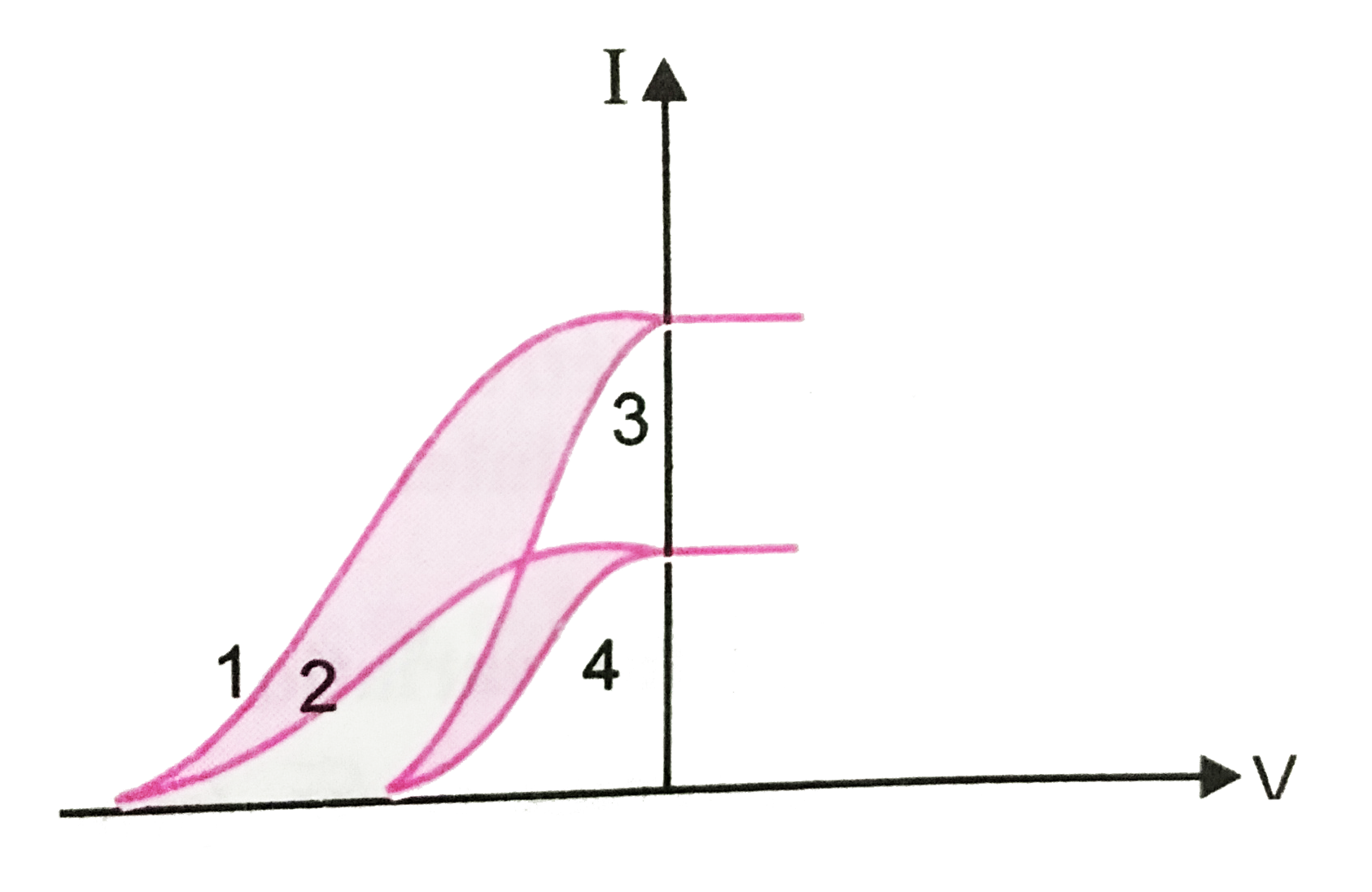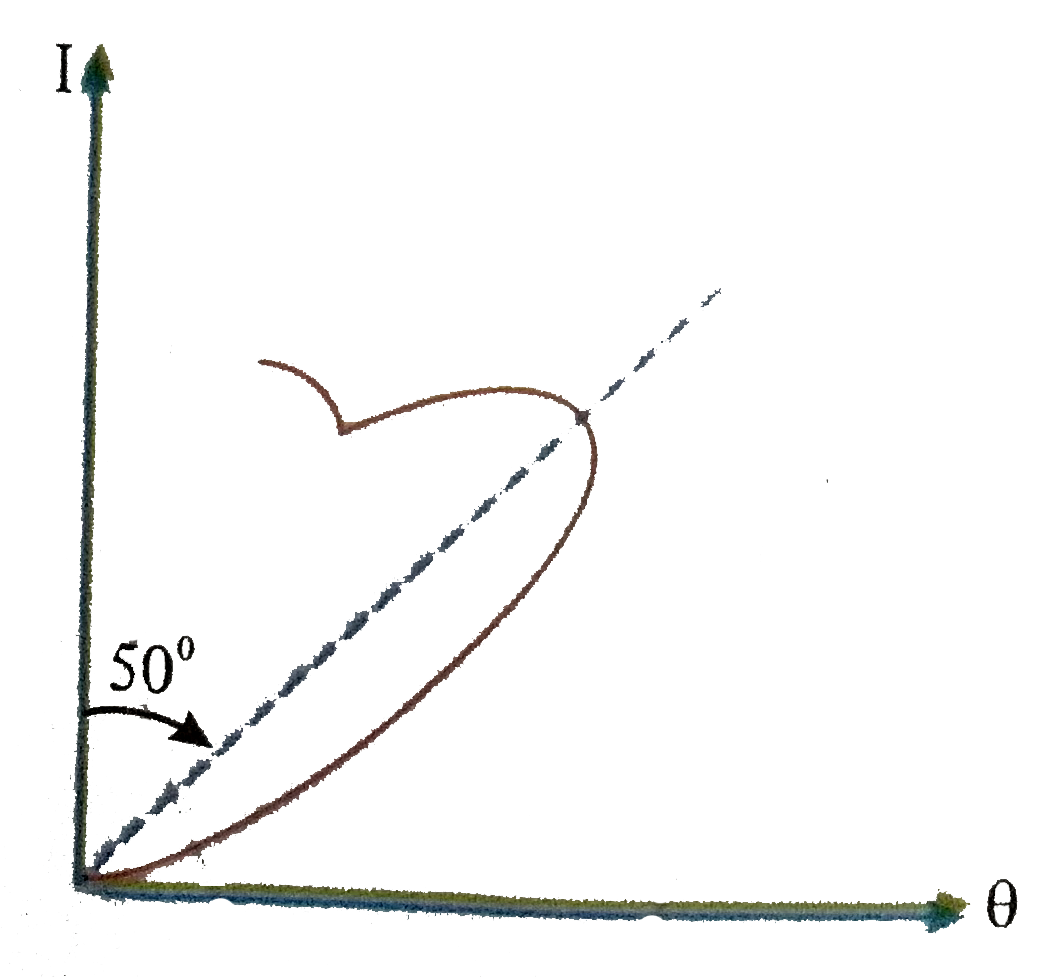Complete Solutions to LEVEL-II (C.W) of chapter DUAL NATURE of Class 12 book with complete answers and questions
| Class 12 | PHYSICS |
| Chapter | DUAL NATURE |
| NARAYANA | LEVEL-II (C.W) |
| Number Of Questions | 20 |
| Academic Year | 2023-24 |
If light of wavelength `lambda_(1)` is allowed to fall on a metal , then kinetic energy of photoelectrons emitted is `E_(1)`. If wavelength of light changes to `lambda_(2)` then kinetic energy of electrons changes to `E_(2)`. Then work function of the metal is
View SolutionLight of wavelength `lambda` strikes a photo - sensitive surface and electrons are ejected with kinetic energy is to be increased to `2 E` , the wavelength must be changed to `lambda'` where
View SolutionUltraviolet light of wavelength 300nn and intensity `1.0Wm^-2` falls on the surface of a photosensitive material. If one per cent of the incident photons produce photoelectrons, then the number of photoelectrons emitted per second from an area of 1.0 `cm^2` of the surface is nearly
View SolutionLight rays of wavelength `6000A^(@)` and of photon intensity `39.6 watts//m^(2)` is incident on a metal surface. If only one percent of photons incident on the surface of electons emitted per second unit area from the surface will be [Planck constant =`6.64xx10^(-34) J-S`,Velocity of light =`3xx10^(8) ms^(-1)`]
View SolutionLigth of wavelength `4000A^(@)` is incident on a metal surface of work function `2.5 eV`. Given `h=6.62xx10^(-34) Js,c=3xx10^(8) m//s`, the maximum `KE` of photoelectrons emitted and the corresponding stopping potential are respectively
View SolutionThe kinetic energy of an electron is E when the incident wavelength is `lamda` To increase ti KE of the electron to 2E, the incident wavelength must be
View SolutionA photon of energy `15eV` collides with `H-`atom. Due to this collision, `H-`atom gets ionized. The maximum kinetic energy of emitted elecrtron is:
View SolutionThe anode vollage of a photocell is kept fixed . The wavelength `lambda `of the light falling on the cathode varies as follows
View SolutionAccording to Einstein's photoelectric equation , the graph between the kinetic energy of photoelectrons ejected and the frequency of incident radiation is
View SolutionThe graph of Fig. shows the variation of photoelectric current (I) versus applied voltage (V) for the two different photosensitive materials for two different intensities of the incident radiation. Identify the pairs of curves that correspond to different materials but same intensity of incident radiation.

View SolutionA proton when accelerated through a potential difference of V volt has a wavelength `lamda` associated with it. An alpha-particle in order to have the same `lamda` must be accelerated through a potential difference of
View SolutionAn electron of mass `m` and charge `e` initially at rest gets accelerated by a constant electric field `E`. The rate of change of de-Broglie wavelength of this electron at time `t` ignoring relativistic effects is
View SolutionIf the velocity of a particle is increased three times, then the percentage decrease in its de Broglie wavelength will be
View SolutionIf the momentum of an electron is changed by `p`, then the de - Broglie wavelength associated with it changes by `0.5 %`. The initial momentum of electron will be
View SolutionWhen the mass of an electron becomes equal to thrice its rest mass, its speed is
View SolutionWhich of the following graphs correctly represents the variation of particle momentum with associated de Broglie wavelength?
View SolutionThe de Broglie wave present in fifth Bohr orbit is:
View SolutionThe correctness of velocity of an electron moving with velocity `50 ms^(-1)` is `0.005%` . The accuracy with which its position can be measured will be
View SolutionIf the uncertainity in the position of an electron is `10^(-10) m`, then the value of uncertainity in its momentum (in `kg-ms^(-1)`) will be
View Solution`a)` Name the experiment for which the adjacent graph, showing the variation of intensity of scattered electrons with the angle of scattering `(theta)` was obtained. `b)` Also name the important hypothesis that was confirmed by this experiment.

View Solution
LEVEL-II (C.W) questions and complete solutions for chapter DUAL NATURE of NARAYANA PHYSICS (HINGLISH) of Class 12